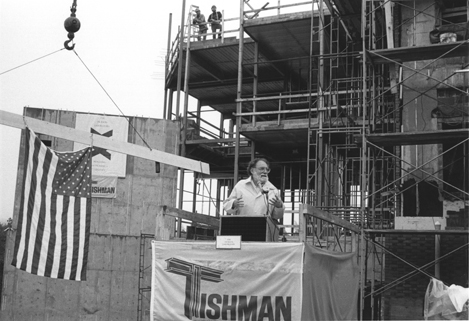
Faculty Research 1990 - 1999
Interconversion of prebeta-migrating lipoproteins containing apolipoprotein A-I and HDL.
Document Type
Article
Publication Date
1990
Keywords
Apolipoproteins-A: bl, ip, Electrophoresis-Agar-Gel, Female, Lecithin-Acyltransferase, Lipoproteins-HDL: bl, ip, Lipoproteins-VLDL: bl, ip, Mice, Mice-Inbred-C3H, Mice-Inbred-C57BL, Molecular-Weight, SUPPORT-NON-U-S-GOVT, SUPPORT-U-S-GOVT-P-H-S
First Page
227
Last Page
236
JAX Location
Reprint Collection : 1,957
JAX Source
J Lipid Res 1990 Feb; 31(2):227-36.
Grant
HL32087
Abstract
Mouse plasma from strains C57BL/6J and C3H/HeJ includes a high density lipoprotein (HDL) fraction containing apolipoprotein A-I which migrates in the prebeta region upon agarose gel electrophoresis, similar to the prebeta HDL previously reported in humans. This prebeta A-I lipoprotein species has a buoyant density of 1.080-1.210 g/ml and has two molecular weight species, 65,000 and 71,000. It is lipid-poor and deficient in apolipoprotein E. When mice are fed a high fat and high cholesterol diet, the quantity of prebeta A-I increases in both strains as determined by quantitative densitometry of agarose gel immunoblots. Prebeta A-I species are highly unstable in plasma at 37 degrees C. Initially (0-1 h) levels decreased and with further incubation (1-8 h) levels increased. Nondenaturing polyacrylamide gel electrophoresis (PAGE) demonstrated that the prebeta HDL formed during prolonged incubation (1-8 h) was identical in size to HDL in unincubated samples. The initial decrease of prebeta HDL observed during the first hour of incubation, phase I, was inhibited by DTNB, suggesting that phase I is dependent on lecithin:cholesterol acyltransferase (LCAT); however, the subsequent increase, phase II, was unaffected by DTNB and appears LCAT-independent. The prebeta A-I species formed in plasma containing DTNB after a 4-h incubation resulted in a polydisperse particle size distribution. The two strains, the atherosclerosis-susceptible C57BL/6 and -resistant C3H, displayed a similar elevation and induction of prebeta HDL during a dietary switch from laboratory chow to an atherogenic diet with a transient peak occurring at 7 days even when total HDL in the susceptible strain was greatly reduced.
Recommended Citation
Ishida BY,
Albee D,
Paigen B.
Interconversion of prebeta-migrating lipoproteins containing apolipoprotein A-I and HDL. J Lipid Res 1990 Feb; 31(2):227-36.

